#diceworks
Explore tagged Tumblr posts
Text
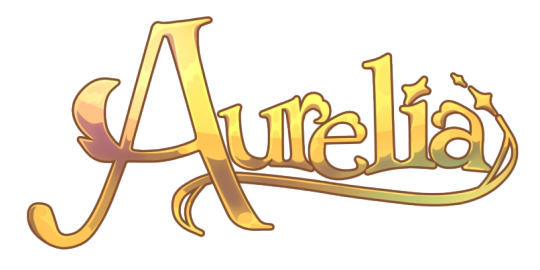
Last week I wrapped up working on my team's entry for the Pirate Software Game Jam 15. The theme was Shadows and Alchemy. We created a cute 2D action platformer in two weeks in Godot. You can check out the project here: Aurelia by pepperfruits and thedicegoddess It is playable in chromium based browsers, no download required.
Below is artwork that I created for the project. ENVIRONMENT



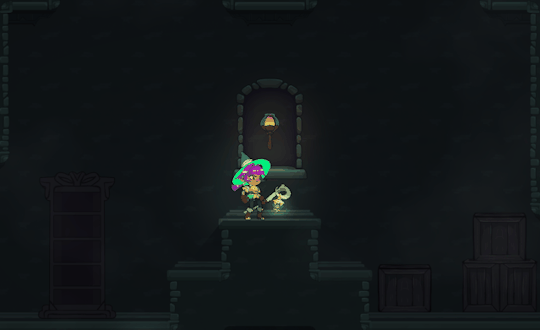
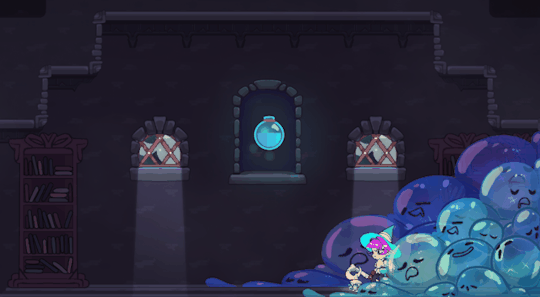


CHARACTER and CREATURE DESIGN and ANIMATION
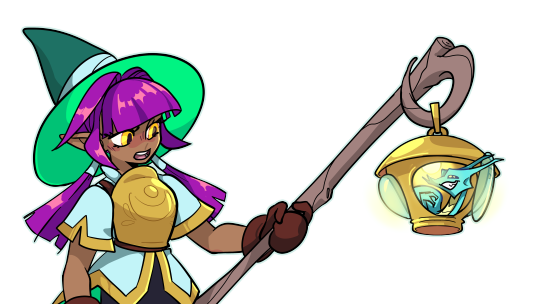
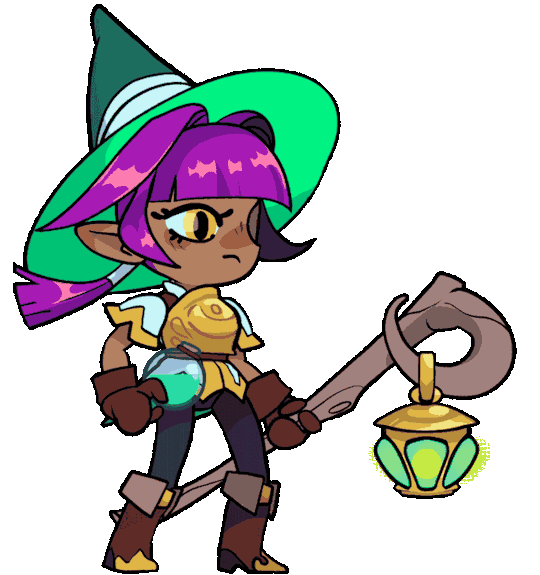

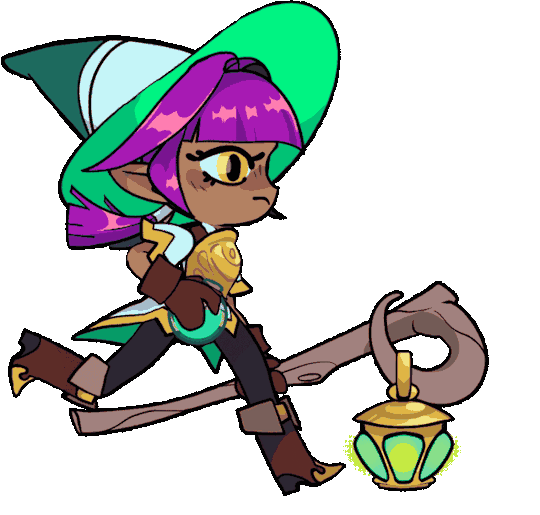

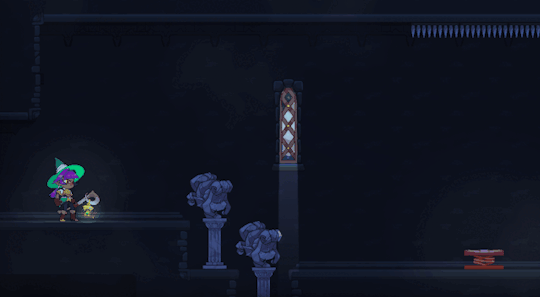


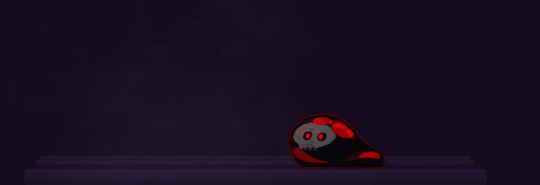

GRAPHIC DESIGN AND UI

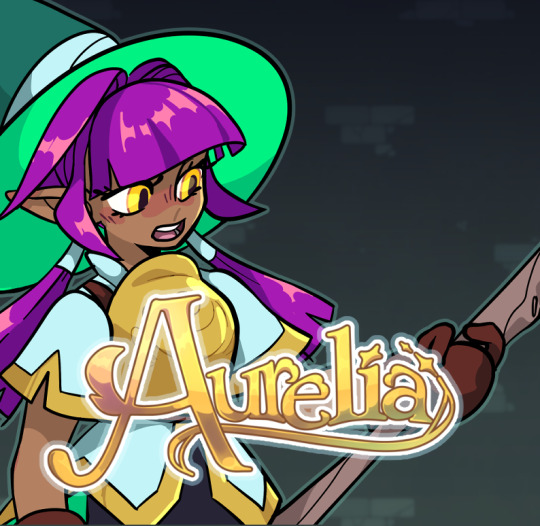
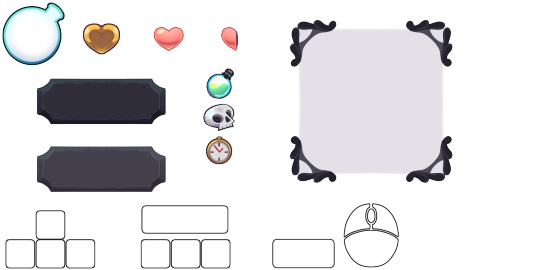
#diceworks#dicedraws#indie game dev#godot engine#platformer#made with spine#made with godot#pirate software#game jam#indie game#cute#slimes
3 notes
·
View notes
Text

Oh look! More dice! I forgot I backed Ember Diceworks on Kickstarter and amongst the hullabaloo of Monday this was one small little nice thing to come home to and open. I went with pumpkins. Halloween dice, ready to roll!
#gg ramble#dice#woops the crow in my brain strikes again#i really need to find a new group to dnd with#i now have more dice than campaign experiences -_-#dnd#ember Diceworks
8 notes
·
View notes
Photo


"Have you come this far to hear my song?"
A tiny jellyfish bard inspired by Dispeldice@ instagram/twitter gorgeous dicework!
#Dungeons and Dragons#mermaychallenge#mermay#bard#dnd character#jellyfish#illustration#character design
53 notes
·
View notes
Text
Rimelands Hammer of Thor (Nintendo Switch) - Le test
Rimelands Hammer of Thor (Nintendo Switch) – Le test
Rimelands, le marteau de Thor est un jeu de rôle sorti au préalable sur IOS le 2 septembre 2010, développé par le studio finlandais Dicework Games (nous leur devons également Trouserheart sur mobile en 2013) et publié par Crescent Moon Games LLC. Sorti sur Nintendo Switch quelques années plus tard, le 4 octobre 2019 avec une modification de l’affichage et du gameplay pour coller à la console.…

View On WordPress
0 notes
Note
hey question what do you call dice with the really sharp edges, how could i find those? I'd love to have a set that's like clear and has sharp edges but i dont really know the terminology
They’re called precision edged dice! Gamescience is the major seller of them, although a few Etsy shops like Lucky Hand Dice and Threshold Diceworks have started doing them as well.
61 notes
·
View notes
Text
check out my friend's amazing dicework!




🐳 🐳 🐳
5 notes
·
View notes
Text
Rimelands: Hammer of Thor for the Nintendo SWITCH Review
Rimelands: Hammer of Thor for the Nintendo SWITCH Review
Created by Dicework Games, a Finnish company from a decade ago… and released by Crescent Moon Games back in 2010 for mobile for Android and iOs (Apple)… and now released on the SWITCH… we are looking at Rimelands: Hammer of Thor aka…
Copyright infringement lady… no seriously look at her. Now look at MARVEL’s interpretation of Red Sonya (Dark Agnes)…

Rose, from Rimelands, is basically Red…
View On WordPress
0 notes
Text
Book of Heroes: Making a new The Dark Eye game
A new Finnish studio is bringing the tabletop feeling to the screen.
The Dark Eye (original: Das Schwarze Auge) is a true classic. The roleplaying game was developed 36 years ago by the German Ulrich Kiesow and laid the foundation for hundreds of novels, board games – and video games of course. Since the last one, The Dark Eye: Blackguards 2 by Daedalic, five years have passed.
This summer a new game brings the players back into the fantasy world Aventuria. Like in the original Pen&Paper game, The Dark Eye: Book of Heroes is about role-playing together with your friends. Four players combine the specialities of the different species and professions to overcome enemies, puzzles and challenges in the myriad of procedurally generated maps. Twelve different professions and eight individual storylines should provide long-lasting gaming fun. Book of Heroes is the first game of new Finnish developer Random Potion in collaboration with publisher Wild River Games and DSA rights holder Ulisses. We talk with Creative Director Arto Koistinen and CEO Kirsi Rossi about the development of The Dark Eye: Book of Heroes.
What kind of game is Book of Heroes? Arto Koistinen: BoH is an RPG for busy people. There are plenty of action games with similarly easy ways of dropping in and out, but no real roleplaying games like this. Kirsi Rossi: Book of Heroes is a game that consists of several shorter adventures that form longer stories. All the RPG elements are there but compared to the epic RPGs that require hundreds of hours playing, BoH gives you an easy way to play when you have time, or your friends are online and you’d like to play a couple of hours with them. It also doesn’t require a long time to get yourself familiar with the system, so it’s easy to start playing it but of course for the ones who’d like to immerse themselves into an epic RPG the experience is not that deep.
Only part of the Random Potion team is enjoying a summer day in Tampere, Finland, before working on Book of Heroes.
Please tell us briefly about your career in the gaming industry. And how it all started with Random Potion? Kirsi: I haven’t worked with games before. It’s been something that I have thought about earlier but because I don’t have a developer background there are less opportunities, though the situation has changed a lot recently when there are more big studios. I joined Random Potion when Arto asked if I’d be interested in to take care of the business side of the company three years ago. Entrepreneurship is something that I have wanted to try, so it was a perfect opportunity for me. Arto: I started in the industry in 2007 as a game designer for mobile games, the company worked solely on licensed games, so I did small games for big brands such as Star Wars and Pixar. After that, I founded my first company Dicework Games, where I did programming, design, writing and business, so pretty much everything else than art or music. I’ve also worked at Kyy Games, another local company, in multiple positions. We started Random Potion with a group of friends from the industry, mainly because we wanted to work together on new projects. Book of Heroes was an idea I’d had in one form or another for several years, and finally, the pieces for the design started coming together. In retrospect, it was probably too big a project for a new company, but fortunately, everything turned out well!
How big is your team at the moment? Do you hire? Kirsi: We have ten people at the moment in the company and in our team. We don’t hire at the moment.
How did the collaboration with Ulisses and Wild River come about? Kirsi: We met Wild River a couple of times at game events like gamescom where we showed our game demo and later how it as progressed. Later on, we started to talk about the collaboration with Wild River and got introduced also with Ulisses.
Arto: I also attended a convention hosted by Ulisses where I met both the Ulisses people and the fans, and it was a great experience, and especially awesome to meet all these people very enthusiastic about The Dark Eye.
How close do you work together? Kirsi: We have weekly meetings with Wild River’s producer, and we also use Slack, where we can chat when there’s anything to ask, comment etc. If we have questions of the Dark Eye universe, we can also talk with Ulisses, and they have provided us with a lot of material and also checked the stories that are in the game so that they don’t conflict with the DSA universe.
Unity is the main development tool. If for beasts, items, or entire portions of the maps — it will end up in Unity.
What are your sources of inspiration? Kirsi: Overall, for me, I love old-school RPG games. I remember when I was a kid and got often stuck to Mario or other similar games because I wasn’t that good and patient enough to practise. When I found RPGs, it felt like coming home because I didn’t get that frustrating feeling of playing the same setting over and over again (or asking someone else to play it for me so that I could continue the game).
Arto: Baldur’s Gate was a big inspiration in the beginning, especially for the core gameplay, visuals and controls. We opted for a different approach in meta though, having bite-sized adventures connected by personal stories instead of a big epic campaign. Of course, there is also a lot of influence from roguelikes, of which my favourite is probably ADOM.
Are you fans of The Dark Eye? Kirsi: The Dark Eye is not that well known in Finland. I like to play tabletop RPGs and also try different games, and it’s been great to get to know also The Dark Eye. I am a big fan of monsters, and there are many that I like in the Dark Eye. I also like lizardfolk, and it would be great to have them somewhere in the game… (smiles) Arto: We are now! (smiles)
Did you play previous TDE games? Arto: I had played Chains of Satinav before the project and when we started also played Memoria and both the Blackguards games.
How did you get the game design process, what was your approach? Arto: We already had a vertical slice of the game that used a different system when we started working with The Dark Eye. In the pre-TDE project, we had a pretty ad hoc process where we knew the high-level design and where we wanted to go but did the concrete design as the project progressed, seeing what worked and what didn’t. When we started converting that base to The Dark Eye, we first took the rules and decided what would work for our game and how and what we had to drop out. I’m happy to say we got a lot of the core rules in and even some additional ones from the other sourcebooks! There was a lot of back and forth with Ulisses for the storylines so everything is canon for the setting. We’ve also tested the game with fans of The Dark Eye and integrated that feedback into the finished game.
Kirsi: I am not involved in game design as I am more of taking care of the company and project itself, e.g. schedules and communication with the publisher. However, because we are a small studio, I have tested the game a lot (over 100 hours of gameplay…). I also like to join the game design meetings and encourage everyone in a team to be involved because I think it’s important that everyone has a feeling of ownership of the project.
Even though Book of Heroes is a co-op game by heart, you can embark solo on the adventures and hire some henchmen for the quest. For a price.
TDE is known for it’s unique system of dicing samples. How did you implement this system to the game as algorithm for the gameplay? Arto: We have the skill system in the game pretty much as-is, the game handles the skill rolls when need and shows the results of the rolls to the player, along with all the three dice rolls and the final Quality Level. Some rolls are automated by the game (e.g. Perception), and some are initiated by the player (e.g. Picklocks).
In which area will the game take place? Arto: In the Middenrealm, mostly concentrating on the west, Kosh and Northmarches areas.
Book of Heroes is a Coop-RPG. Why is the multiplayer approach important to you, and how challenging is the implementation? Kirsi: We chose co-op because we wanted to make a game with a similar feeling of playing together like in tabletop RPGs. In tabletop RPGs I can still remember some game sessions many years ago, and I think that it’s players who bring the game alive. Multiplayer itself is absolutely more challenging technically compared to the solo game and also for a new team like us many people advised not to make a first game multiplayer.
How important is the story in Book of Heroes for you? Kirsi: There are several different stories, and also the players with whom you play have their own stories. I think the story is important, but for me, it’s also important to have fun instead of just advancing my own story. I hope that game can give a nice setting to meet friends or completely new people.
Arto: Theirs is actually more story in the game than readily apparent to the casual observer. We’re especially invested in player-driven stories, and the character creation takes a story-first approach, where every choice you make tells you a bit more about the character’s background. The personal storylines are also a very important part of the game, and while you can mostly skip them if you want, they contain a lot of lore and world-building.
Talking about the development process: What problems did you encounter in general, and how did you deal with them? Kirsi: In game development team the fascinating but also challenging part is that teams are multi-disciplinary where there are programmers, artists, business people etc. and everyone has their own way of working. It’s important to bring devs together because making games is teamwork and it’s important to understand how my work is affecting to somebody else’s.
Arto: One of the biggest challenges is making everything work together in a game that has as many moving pieces as we do – and in multiplayer too! Getting a feature or a piece of content to work is one thing; getting it to work in a multiplayer environment is a completely another. We’re also balancing between meeting the expectations of a multiplayer RPG and a TDE game, which can be tricky because those expectations can at times be conflicting.
The combat feels a lot like the tabletop original. Hence the dice symbols and the numbers.
Which aspects are the most difficult to implement. Do you also have to leave something out? Kirsi: We had to leave a lot of things out, and I think it’s an on-going conversation because time is limited, but there would be so many ideas to bring alive.
Arto: Pathfinding in a multiplayer game with procedurally generated levels has proven to be a hurdle, but fortunately one that’s now behind us. Then there’s the adventure generation where we want to have maps that are interesting enough but should never be incompletable.
Which engine do you use? What advantages does it offer you? Arto: We use Unity. Personally, I’ve been using it for over eleven years, and it’s a fine engine that gives us most of what we need out of the box and also has great support in the form of community and available plug-ins.
How do you feel about crunchtime? What experiences have you had with crunchtime in recent years? Kirsi: I haven’t worked before in-game studio so I have only read about the crunching. We don’t crunch, and if a dev asks can s/he do work e.g. on the weekend, it’s always temporary solution and extra hours can be used later to have an extra day off. Personally, I am a bit of a workaholic, and it’s been tough to learn to take time off because being an entrepreneur work basically never ends, but I have also noticed that it affects to the quality of the work if I do long time work in the evenings and weekends.
How hard is it for you to deal with the corona crisis? Does it influence the completion and release date? Kirsi: We have been working completely remote one month now, and we have short daily meetings online every workday. When the crises started, one challenge was to get the computers to everyone because we have tabletop computers (gaming laptops are more expensive compared to the tabletop ones). Crisis doesn’t seem to influence to the completion of the project, but I keep my finger’s crossed that nobody catches corona.
Kirsi Rossi CEO
Kirsi is the CEO and Business Developer at Random Potion. Being a free spirit, she has travelled around the globe and lived on three continents. Professionally, she has worked in B2B marketing and events taking care of administrative tasks. She has a MBA in Knowledge Management and she about to graduate in MTech majoring in entrepreneurship.
Arto Koistinen Creative Director
Arto is a game developer who has been a game designer, programmer, CEO, writer and some other things in his 13 years in the industry. He has worked on small mobile games for big brands such as Star Wars and Pixar, made an award winning RPG Rimelands: Hammer of Thor, and written very punny jokes for Knights of Pen and Paper 2
The post Book of Heroes: Making a new The Dark Eye game appeared first on Making Games.
Book of Heroes: Making a new The Dark Eye game published first on https://leolarsonblog.tumblr.com/
1 note
·
View note
Text
Digital Diceworks: Natural Locomotion - [Demo Showcase Video Release] https://t.co/r79pHSEq1N #vr #virtualreality
Digital Diceworks: Natural Locomotion - [Demo Showcase Video Release] https://t.co/r79pHSEq1N #vr #virtualreality
— Virtual Reality Fan (@VirtualRealFan) May 25, 2018
from Twitter https://twitter.com/VirtualRealFan
0 notes
Text
FSE4WM - Fullscreen Emulator for Window Mode
Wie es der Zufall so will habe ich kurz nach Redmaker's Beitrag in der Jungtypengruppe auf Facebook (danke für die nette Erinnerung an meine Faulheit n_n) endlich etwas gefunden, für dass es sich lohnt über meine Faulheit hinwegzusehen!
FSE4WM - einige mögen es bereits kennen. Den anderen unter euch möchte ich es nicht vorenthalten!
http://diceworks.square7.ch/index.php/programme/fse4wm
( Downloadlink: fse4wm_v2.0.0.4 )
Ein kleines, aber effizientes Tool um den Vollbildmodus zu emulieren, die Größe beliebig zu strecken, Fensterrahmen wegzuschneiden und das wechseln von Fenstern zu ermöglichen ohne das die Anwendung beim wechseln der Fenster minimiert wird.
Als Beispiel:
The Elderscrolls V: Skyrim lässt sich im Fenstermodus nicht maximieren, was mich persönlich ärgert. Mit besagtem Tool und wenigen Einstellungen (PDF Anleitung liegt dem Download bei) lässt sich das bequem ändern!
So hat man einen "Fullscreen" in dem Sinne, kommt wunderbar per ALT+TAB Befehl an andere Fenster und hat nicht mehr das Problem, dass in manchen Fällen die Anwendung abstürzt.
(Kleiner Tipp: Ich hab am unteren Bildschirmrand ein paar Pixel abgeschnitten, so hab ich meine Taskleiste wunderbar im Überblick)

Wer es ausprobieren möchte, nur zu!
FSE4WM funktioniert mit weitgehend allen Anwendungen, laut des Programmierers.
Dieser hat nicht nur dieses Tool zu bieten, sondern auch einige andere intressante Sachen. http://diceworks.de/
Schaut da auch mal rein, für einen Klick lohnt sich's ;)
Somit wünsch ich euch K4r70n5 viel Spaß beim Testen und ein heroisches R351574nc3 15 fu71l3!
// BizzyakaJoST [2033]
0 notes
Text
It's been a little bit, but I wanted to share the progress I've made here.


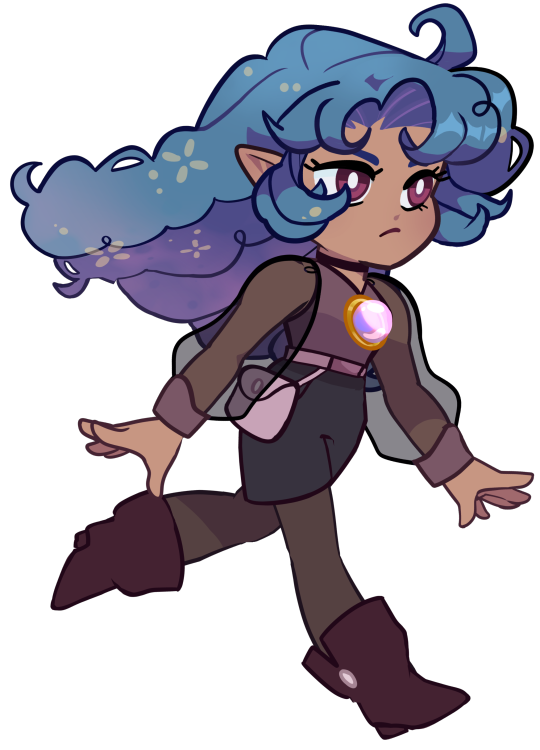

I've parted, rigged, and animated Seren's new sprite with her base and two of her outfits (starter/outing outfit and her jammies).
youtube
And I've implemented those animations into UE5.1 using Spine2D and PaperZD. I am still working on tweaking the feel of her movements but am pretty happy with the progress I've made thus far. I have also added footfall sounds as well as background music, courtesy of @scarletmoonproductions and @dalenorthmusic-blog from their free use catalog. I have begun doing tests to figure out the route I want to take with assets and I'm leaning towards a blend of 2D and 3D assets to build levels with. Stay tuned for more updates and I continue to make progress on Adventures in Port Folio.


I've been updating Seren's look and sprite to make it so that she feels more like a young adult. Other sprite seemed too young for what I wanted to go for.
#dicedraws#diceworks#indie game dev#gamedev#cute#platformer#madewithspine#spine2d#unreal engine#ue5#indiegamedev#artists on tumblr#adventures in port folio#game design#Youtube
14 notes
·
View notes
Text

Puppermint Bark Holiday Ornaments have arrived. Order yours today. Stock is limited.
12 notes
·
View notes
Photo

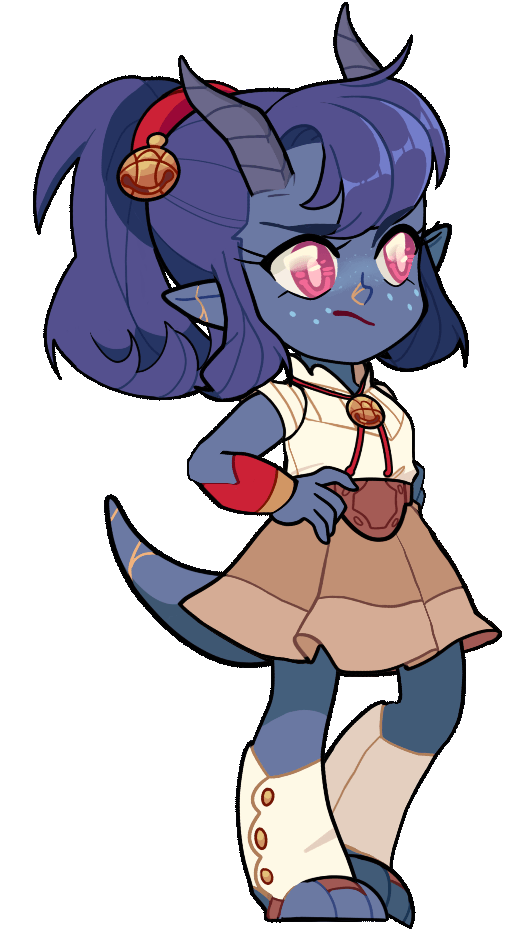

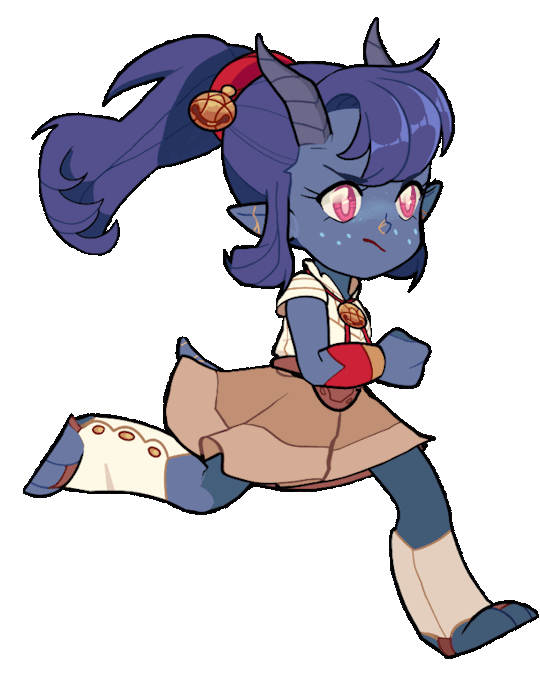

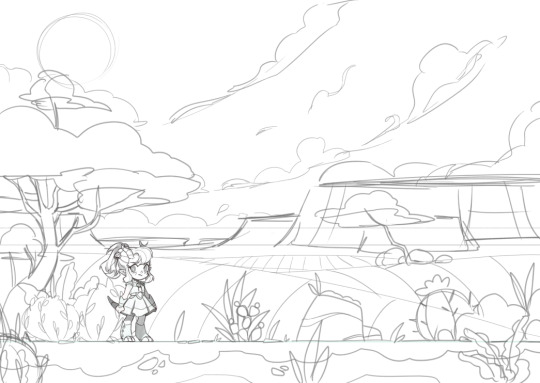
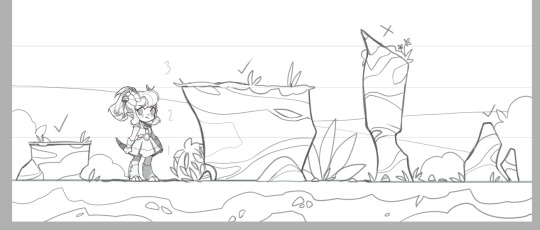
Some preliminary animations and some concepts for a game idea I have about a western themed high fantasy platformer about a young gargoyle protecting her charming lavender farming town from big corporations.
100 notes
·
View notes